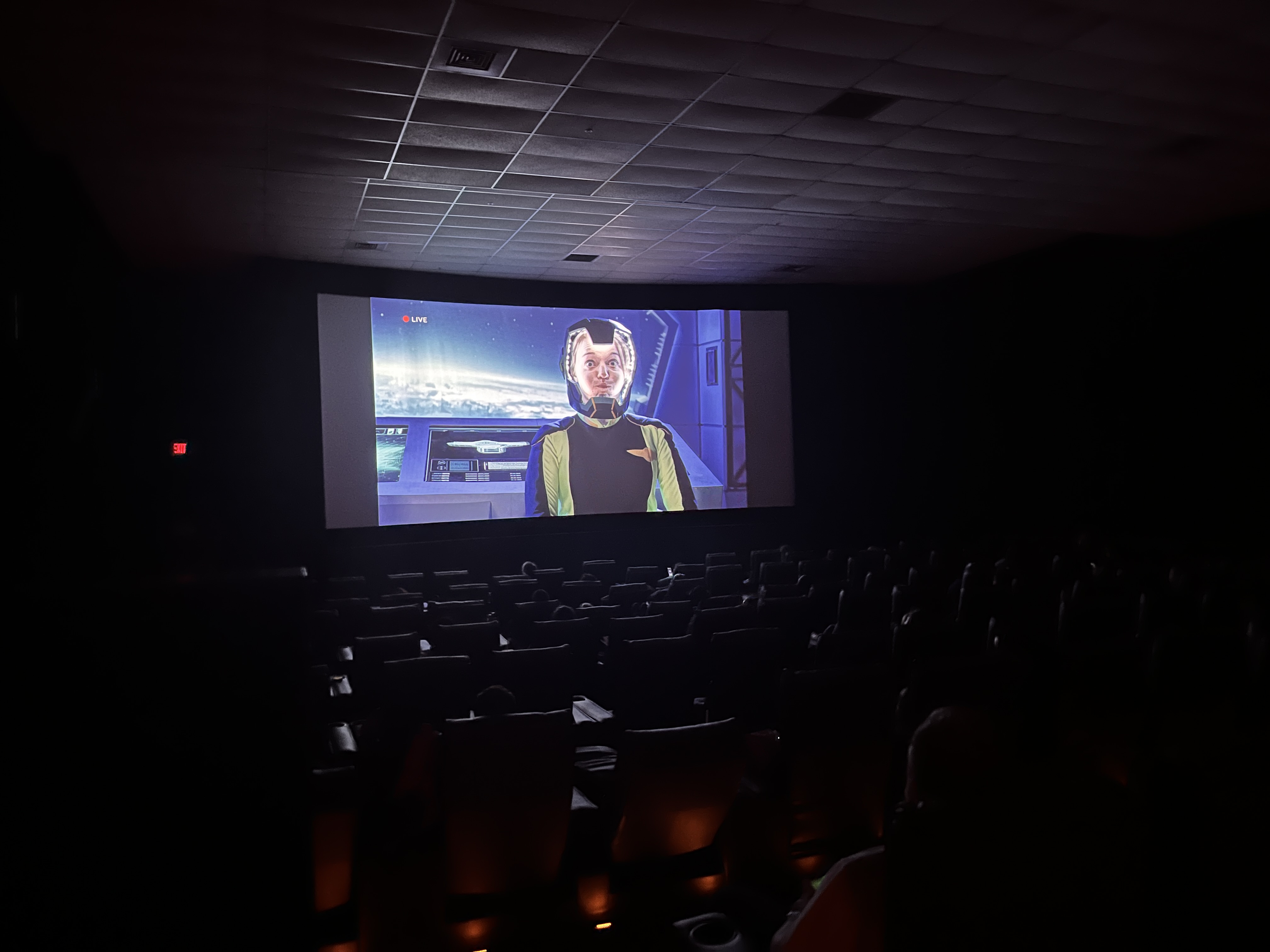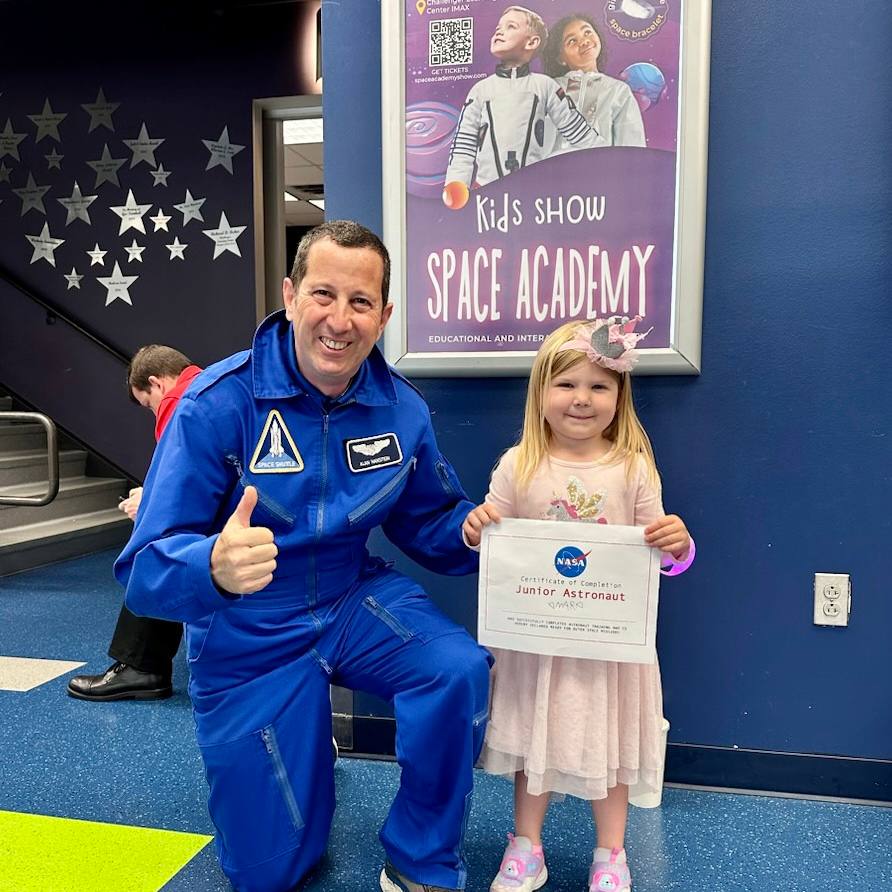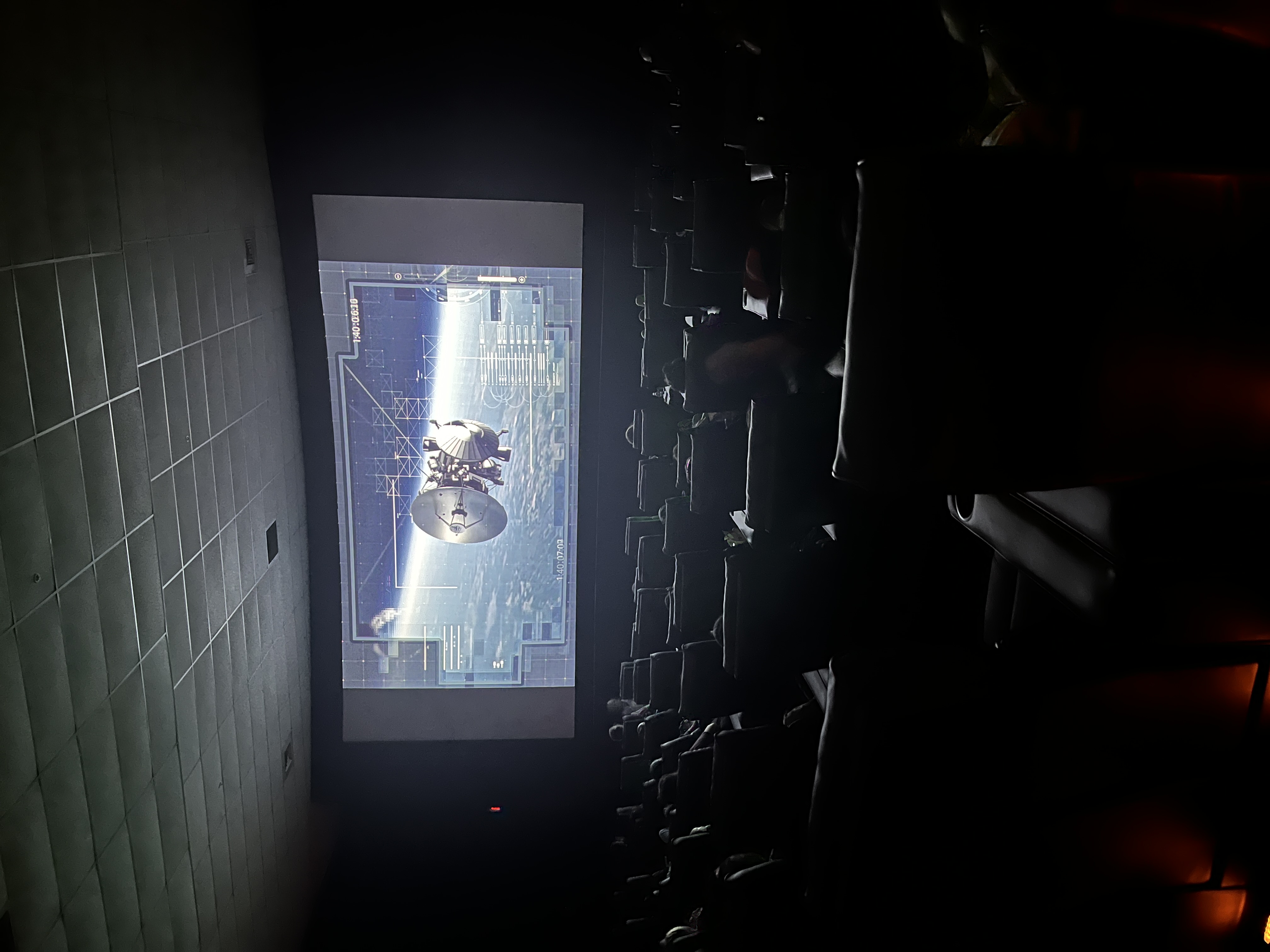𝗦𝗣𝗔𝗖𝗘 𝗠𝗜𝗦𝗦𝗜𝗢𝗡 Ⲁ - [SPACE MISSION ALEPH]
𝗦𝗣𝗔𝗖𝗘 𝗠𝗜𝗦𝗦𝗜𝗢𝗡 Ⲁ
FOR AGES: PRE-K - 5th Grade
FOR GROUPS: 30 - 300 KIDS
Interactive
HANDS-ON Participation
REAL-TIME Challenges
Takeaways For Kids
LED Bracelet
HERO Certificate
Setup Guide
Link Here



Among the key factors are leveraging students' early interests and experiences, recognizing and expanding on their existing knowledge, and offering opportunities to engage in scientific and mathematical practices that maintain their enthusiasm.
Visual learners (8-12) thrive with visuals. They learn best from images, diagrams, and videos. These learners are good at remembering details like colors and shapes.

Kinesthetic learners (6-12) learn best by doing. They thrive in active learning environments that involve movement and hands-on experiences. These learners benefit from activities like experiments, building projects, and role-playing. They may struggle with traditional, lecture-based teaching methods.
Auditory learners (6-12) learn best through listening and speaking. They prefer verbal communication and benefit from activities like discussions and oral presentations. These learners may excel in subjects like language arts or music.
VISUAL LEARNER
Visual learners (8-12) thrive with visuals. They learn best from images, diagrams, and videos. These learners are good at remembering details like colors and shapes.
KINESTHETIC LEARNER

Kinesthetic learners (6-12) learn best by doing. They thrive in active learning environments that involve movement and hands-on experiences. These learners benefit from activities like experiments, building projects, and role-playing. They may struggle with traditional, lecture-based teaching methods.
AUDITORY LEARNER
Auditory learners (6-12) learn best through listening and speaking. They prefer verbal communication and benefit from activities like discussions and oral presentations. These learners may excel in subjects like language arts or music.
Teach WONDERS OF SCIENCE with our visually captivating educational content!
SCIENCE - 🚀 𝗦𝗣𝗔𝗖𝗘 𝗠𝗜𝗦𝗦𝗜𝗢𝗡 Ⲁ
TECHNOLOGY - Coming Soon
ENGINEERING - Comming in 2026
MATHEMATICS - Comming in 2026
Kindly inquire by filling out the form!
